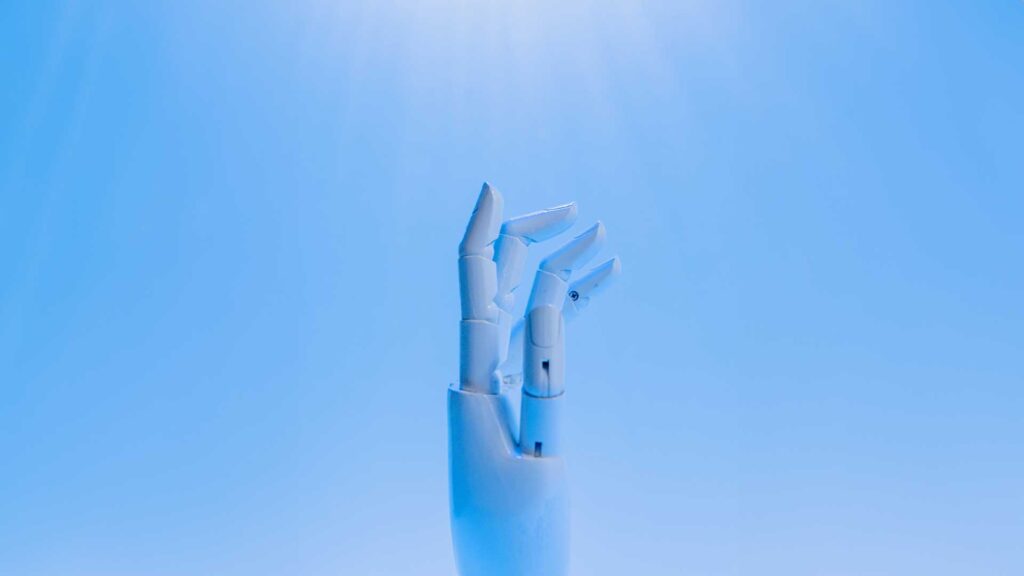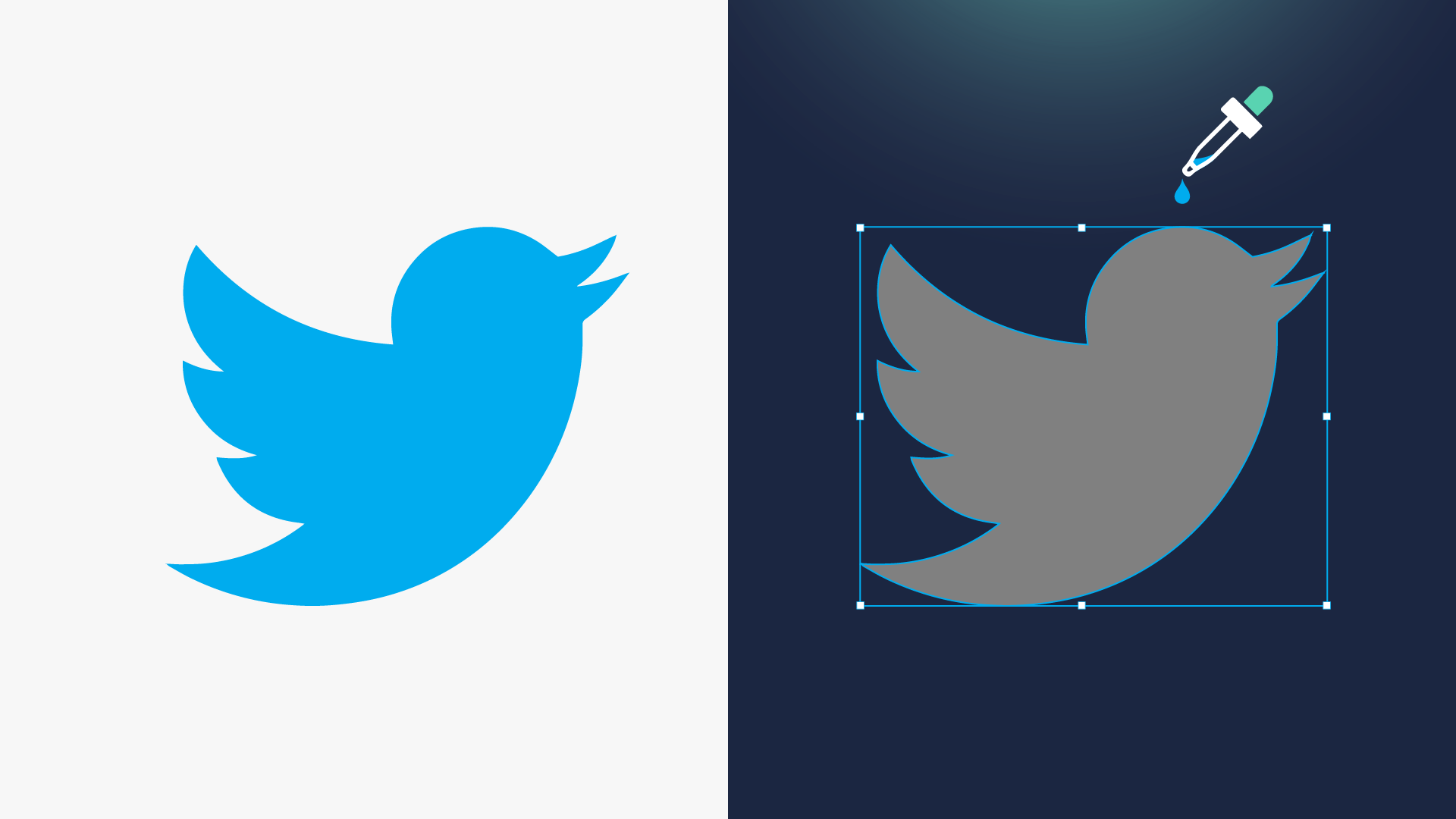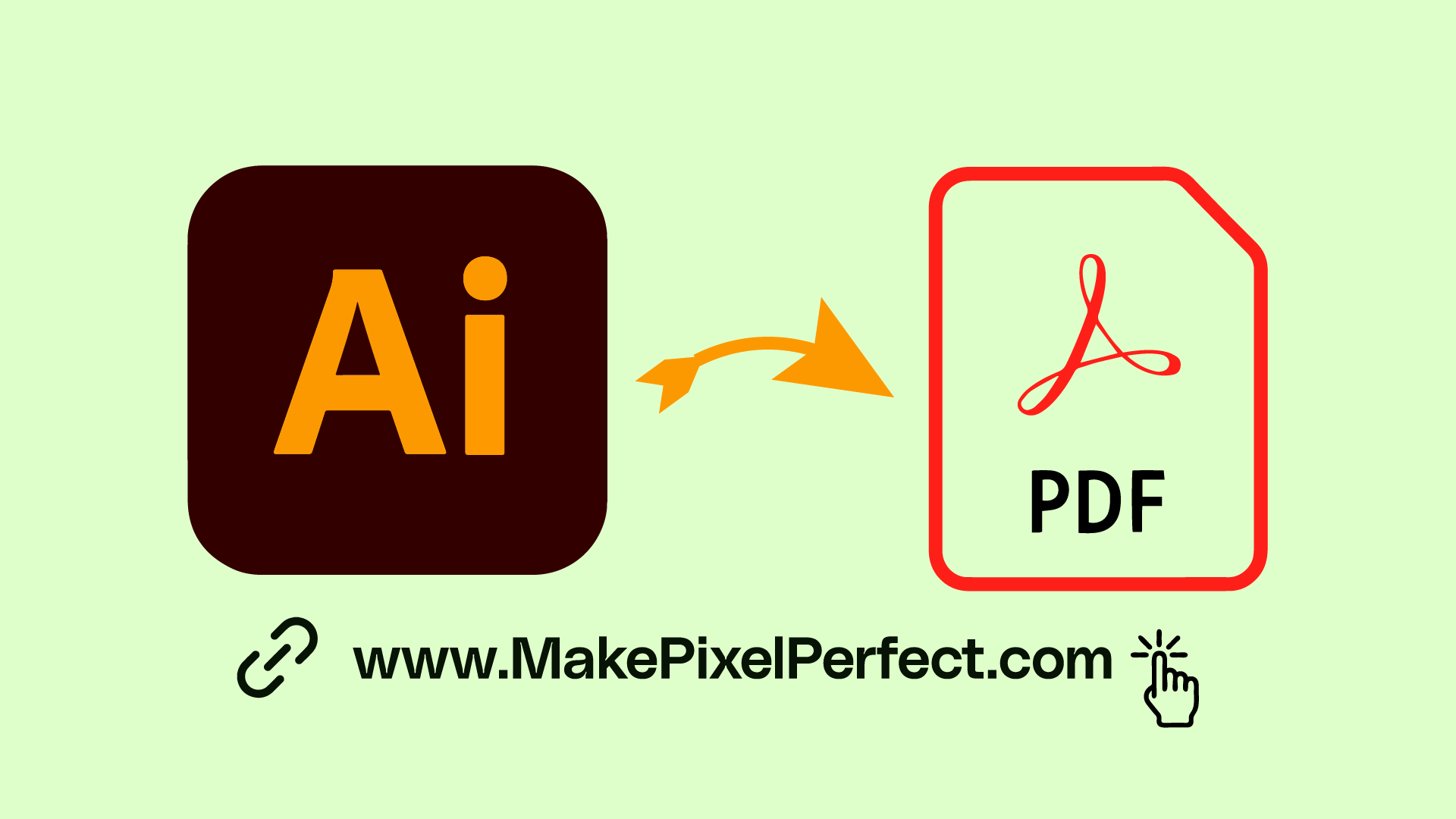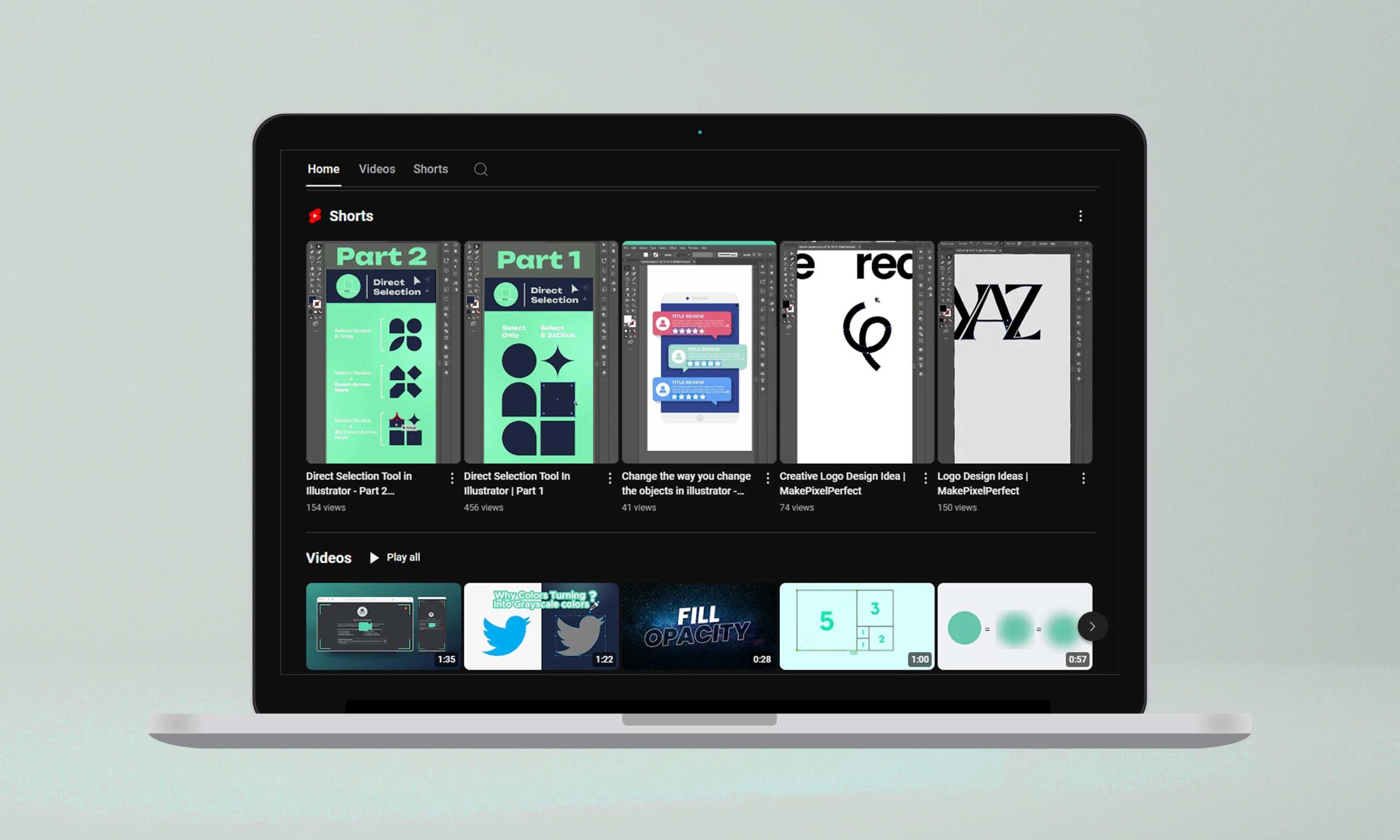How AI is changing the way we design

How AI is changing the way we design
Artificial intelligence has been a game-changer in several fields, and design is no exception. The development of artificial intelligence (AI) technology has significantly changed how we approach and carry out the design. In this article, we will examine how artificial intelligence (AI) is influencing the field of design.
Automating repetitive tasks
Automating difficult and repetitive tasks is one of the most obvious ways AI transforms the design landscape. AI techniques have allowed graphic designers to outsource tasks like image cropping, scaling, and background removal to technology.
This not only helps designers save time but it also allows them to concentrate on more strategic and creative parts of their job. Large datasets of design elements can be analyzed by AI algorithms, which makes it simpler for designers to identify trends and sources of inspiration.
AI-driven tools can also help with font recommendations, layout modifications, and color palette selection, which can speed up the design process and increase productivity.
Automatic Design Tools
AI-powered design tools like Canva and Adobe Sensei have simplified the process of designing graphics, logos, and advertising materials. These tools use AI to produce customizable design suggestions that designers can edit.
Personalization
Personalization has become a key aspect of modern design, and AI plays a significant role in enabling personalized user experiences. AI-powered algorithms examine user information to provide tailored design suggestions.
In addition to increasing user engagement, personalization can produce more visually engaging and relevant information.
Improving User Experience
AI is making it simpler for designers to produce user-centric designs that enhance user satisfaction. To offer insights on how to optimize the design of a good or service, artificial intelligence (AI) algorithms can examine consumer behaviour, preferences, and patterns.
To determine which features of an app or website are most used and which are frustrating users, for instance, a design team can employ artificial intelligence (AI) to evaluate user data.
Afterwards, the design team can utilize this information to help them decide how best to enhance the user experience.
Virtual and Augmented Reality
AI produces realistic virtual worlds and engaging material to improve AR/VR (augmented and virtual reality) experiences.
Designers can utilize AI to test ideas before putting them into production, create lifelike 3D models, and recreate real situations. This removes the need for costly physical prototypes and allows for improved design visualization and review.
AI in Prototyping and Testing
In the design process, prototyping and testing are essential phases. By automating the creation of prototypes based on user requirements or design objectives, AI can speed up these stages.
Furthermore, without requiring intensive user testing, AI algorithms can imitate user interactions with the design and forecast user behaviour, providing insightful results.
Product development cycles can be accelerated due to designers being able to repeat and improve their designs more quickly.
Reducing human error
AI can aid in lowering human mistakes in visual design. Errors happen to humans all the time, especially when doing repeated and complex tasks. AI-powered design tools can assist in finding mistakes and making suggestions for fixes before creating the final design.
Ethical Considerations
Although incorporating AI into design has many advantages, there are also ethical issues it presents. As AI algorithms can only be as objective as the data they are trained on, they can provide biased or discriminating design results unintentionally.
Designers need to be aware of these biases and take steps to ensure fairness, transparency, and inclusion in their AI-driven design processes.
Here are some specific examples of how AI is being used in design today:
AI-powered design tools
Designers can use AI-powered tools to automate processes, develop fresh concepts, and provide individual experiences. Canva, for instance, leverages AI to help users produce designs that seem professional, even if they have no prior design knowledge.
AI-powered design assistants
These tools can make designers work more quickly and effectively. For instance, Figma Assist can help designers find and reuse design assets, generate code, and create prototypes.
AI-powered design feedback tools
These AI tools enable designers to receive feedback on their work quickly. With the feature Lookback, for instance, users can videotape themselves approving a design and then show the video to others for comments.
The Future of Design with AI
Looking to the future, several key developments can be expected:
AI collaboration: AI and designers will cooperate more and more in the future. Instead of replacing human creativity, AI will work as a tool to enhance it.
Ethical rules: To ensure justice, transparency, and responsible use, the design industry will set ethical rules for AI-driven design.
Enhanced Creativity: AI will keep pushing the boundaries of creativity and provide creators with the freedom to experiment with new and unconventional concepts.
Education and Training: By gaining AI-related skills and expertise, designers must adjust to the rapidly changing landscape.
-
Why Color Turns into Grayscale Color in Illustrator in 2024
Encountering a common issue in Adobe Illustrator is something many graphic designers face. It happens when you create something on your Artboard in Illustrator, pick a color (whether RGB or CMYK),…
-
How to Enable Hyperlinks in PDFs Created with Adobe Illustrator
Many users face the issue of hyperlinks not working when they create PDFs from Adobe Illustrator. Unlike Adobe InDesign, which automatically enables hyperlinks, Illustrator requires a different approach. Here’s a simple…
-
How to Upload YouTube Shorts from Web/YouTube Studio
Uploading content to YouTube from a desktop or laptop is common for those managing their own or clients’ social media accounts. However, there are some key differences when uploading from a…


